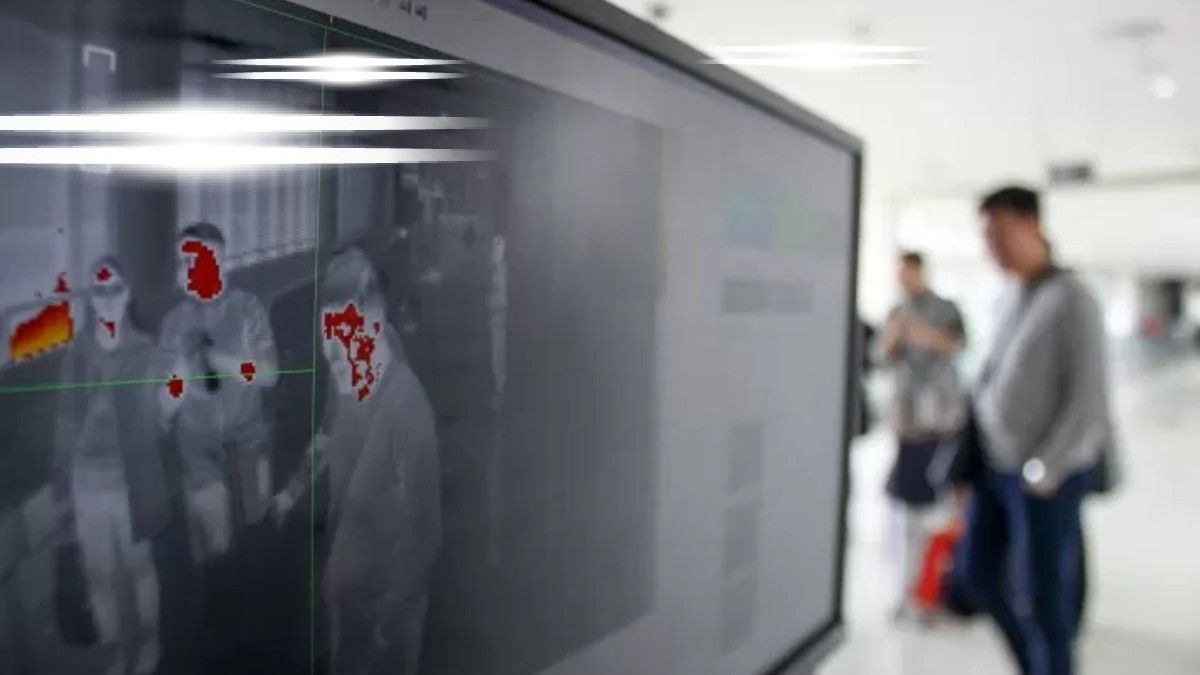JAKARTA - Chair of the MPox Task Force of the Indonesian Doctors Association (IDI) Hanny Nilasari said there is no need to be too afraid of monkeypox.
According to her, diseases such as monkeypox or mpox have milder manifestations with lower mortality, but prevention remains the main thing. Monkeypox is a zoonotic disease caused by the Monkeypox virus (MPXV), in the same genus as the Variola virus.
"The clinical manifestations are milder and the complications are less frequent and the death rate is lower. According to several literature, the death rate related to the current generation of Mpox is only less than 0.1 percent," said Hanny in a media event related to MPox which was held online, Tuesday, November 7, reported by Antara.
Hanny is a member of the Dermatology and Venerology Medical Staff Group at Dr. Hospital. Cipto Mangunkusumo said that more than 90 percent of this disease is transmitted through close contact and especially sexual contact, so avoiding physical contact with suspected Mpox patients is a priority.
"Don't use shared items, for example towels or clothes, or sleeping equipment and so on," she said.
Hanny said that the population at high risk is those who have multiple partners or multiple partners, have same-sex sexual contact (between men) and have immunocompromising conditions such as autoimmune and other chronic diseases.
"Sexual relations must be carried out safely by using condoms and getting vaccinated," she said.
SEE ALSO:
Furthermore, regarding the prevention of monkey pox, the Ministry of Health previously advised people to avoid all types of skin contact with any materials such as bedding that has been in contact with confirmed patients, separate themselves from infected patients, adopt a clean and healthy lifestyle including washing their hands regularly after contact with infected animals or people.
Then, talking about the clinical picture of monkey pox, Hanny referred to data from a medical journal, Travel Medicine and Infectious Disease in 2022, including skin rashes as the most common problem, then enlarged lymph nodes, fever or chills, muscle pain and bleeding in the rectal area or gastrointestinal tract.
She advised the general public to visit a doctor if they experience symptoms of skin lesions that are not typical and are preceded by fever.
The English, Chinese, Japanese, Arabic, and French versions are automatically generated by the AI. So there may still be inaccuracies in translating, please always see Indonesian as our main language. (system supported by DigitalSiber.id)
















